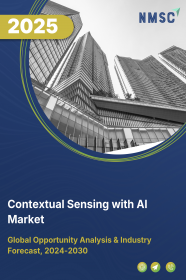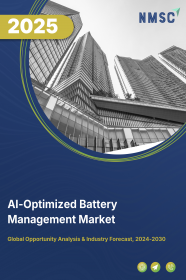
AI-Optimized Battery Management Market by Component (Solutions and Services), by Type (Motive Battery and Stationary Battery), by Battery Type (Lithium-ion, Lead-acid, Nickle-based, and Others), by Topology (Centralised, Modular, and Distributed), by Deployment (Cloud and On-Premises), and by End-User (Consumer Electronics, Automotive, Healthcare, Military, Aerospace, and Others)- Global Opportunity Analysis and Industry Forecast 2025-2030
US Tariff Impact on AI-Optimized Battery Management Market
Trump Tariffs Are Reshaping Global Business
AI-Optimized Battery Management Market Overview
The global AI-Optimized Battery Management Market size was valued at USD XX billion in 2024 and is predicted to reach USD XX billion by 2030 with a CAGR of XX% from 2025-2030.
The AI-optimized battery management market is driven by surge in adoption pf electric vehicles, expansion of renewable energy sources across the world, and rapid growth in adoption of consumer electronics as it is essential to support the surging demand and ensure optimal performance. However, the high cost and the integration issues such as technical failures limit the adoption of these systems.
The future growth of the market is attributed to, the introduction of solid-state batteries along with the integration of the Internet of Things (IoT) and 5G networks for real-time control & monitoring of battery performance.
Market Dynamics and Trends
Increasing EV Adoption Fuels Growth in Advanced Battery Management Technologies
Growing globalization of electric vehicles leads to heightened demands for advanced battery management solutions, since these control systems perform a crucial role in optimizing battery performance and extending battery life.
According to a recent report by the International Energy Agency, nearly 14 million electric vehicles had been sold worldwide at the end of 2023, making up 18 percent of total units sold, relative to 14 percent in 2022. This development in the number of units creates high demand for advanced battery management technology in the electric vehicle industry.
Expansion of Renewable Energy Sources Drives Market Expansion
The growing expansion of renewable energy sources is responsible for driving growth in this market, as these solutions are critical for energy storage and the provision of energy to grids. According to the International Energy Agency, there was nearly a doubling of global renewable consumption added in 2023, adding nearly 510GW, which is the highest increase in twenty years. This rapid growth compels the need to use advanced battery management technologies to support the ever-thriving renewable energy sector.
Rising Adoption of Consumer Electronics Across the World Drives Growth of the Industry
Increasing demand for consumer electronics such as smartphones and laptops, drives the growth of the battery management market as improved solutions are highly essential to prolong battery life while ensuring smooth operations.
The Global System for Mobile Communications observes that by 2023, the adoption rate for smartphones in the Asia-Pacific region was 78% and expected to increase 91% by 2030. Likewise, the expected growth rate of smartphone adoption in Europe will reach 91% by 2030. This high growth rate in adoption creates an urgent necessity for more advanced battery management technologies to support the increasing trend and ensure prime performance.
High Cost and Integration Issues Hinders Market Expansion
The high cost and the integration issues such as technical failures in battery management system are the major factors restraining the AI-optimized battery management market expansion.
Introduction Of Solid-State Batteries and Integration with Advanced Technologies Creates Future Opportunities
The advent of solid-state batteries along with the integration of the Internet of Things (IoT) and 5G networks for real-time control & monitoring of battery performance is expected to generate enough growth opportunity in the coming years.
Market Segmentations and Scope of the Study
The AI-optimized battery management market report is segmented on the basis of type, component, battery type, topology, deployment, and end user. On the basis of type, the market is classified into motive battery and stationary battery. On the basis of component, the market is divided into solutions and services. Solutions are further categorized into analytics, lifecycle management, and others. Services are further classified into support & maintenance, system integration, and training & consulting. On the basis of battery type, the market is classified into lithium-ion, lead-acid, nickle-based, and others. On the basis of topology, the market is divided into centralised, modular, and distributed. On the basis of deployment, the market is segmented into cloud and on-premise. On the basis of end-user, the market is divided into consumer electronics, automotive, healthcare, military, aerospace, hospitals, and others. Regional breakdown and analysis of each of the aforesaid segments include regions comprising of North America, Europe, Asia-Pacific, and RoW.
Geographical Analysis
Asia-Pacific Dominates the AI-Optimized Battery Management Market
Asia-Pacific is to lead the AI-optimized battery management system market due to the rising demand for renewable sources such as solar or wind that requires AI-optimized battery systems, supposed to store energy with efficiency and maintain grid stability. The International Energy Agency estimates suggesting that by 2028, China will account for almost 60% of the new renewable energy capacity being added worldwide. This contribution accelerates demand for advanced battery management solutions in support of expanding renewable energy infrastructure.
Moreover, the growth of the automotive industry in the region, together with demand for advanced and energy-efficient batteries used in vehicles, is expected to further spur the growth of AI Optimized Battery Management markets. Car production climbed to 23.83 million units in 2022, with commercial vehicles accounting for around 3.18 million units, according to the Labour Union of Motor Vehicle Manufacturers. This substantial production scale highlights the growing necessity for advanced battery management systems to enhance vehicle performance and support the sector's rapid development.
North America is Expected to Show Steady Growth in the Market
North America is expected to show a steady rise in AI-optimized battery management industry. The advancements in AI and machine learning in the region are driving the market as these innovations enable more precise and adaptive management, leading to enhanced efficiency and extended battery life across diverse applications.
For instance, in June 2024, Honeywell introduced Battery Manufacturing Excellence Platform (Battery MXP) in the U.S., specifically for use at American Battery Factory’s new gigafactory in Tucson, Arizona. This AI-driven technology aims to optimize gigafactory operations by enhancing battery cell yields and accelerating production scaling.
Rising expenditure in healthcare fuels the demand for AI-optimized battery management solutions for reliability and efficiency. As per American Medical Association Healthcare spending across the U.S. increased by 4.1% in 2022 compared with the prior year, bringing the total amount to 4.5 trillion. That amounts to an average annual per capita health spending of USD 13,493. There is a vast chance to create more advanced battery products to cater to the changing health technology needs.
Competitive Landscape
Various key market players operating in the AI-optimized battery management industry include Avathon, Eatron Technologies, NXP Semiconductors, Schneider Electric SE, Electra Vehicles, TWAICE, DNV GL, Huawei Digital Power Technologies Co., Ltd., Lime.AI, and igrenEnergi., and others. These market players are adopting various strategies such as product launches, partnership and business expansion to remain dominant in the AI-optimized battery management market.
For example, in July 2024, Eatron Technologies collaborated with Syntiant to launch an advanced AI-powered Battery Management System on Chip. The system significantly enhances battery performance and its real-time edge processing capabilities enable precise state-of-charge and health assessments, while also reducing system costs and latency.
Key Benefits
-
The AI-optimized battery management market report provides the quantitative analysis of the current market and estimations from 2025 to 2030. This analysis assists in identifying the prevailing industry opportunities to capitalize on.
-
The study comprises of a detailed analysis of the current and future AI-optimized battery management market trends trends for depicting the prevalent investment pockets in the industry.
-
The information related to key drivers, restraints, and opportunities and their impact on the AI-optimized battery management market is provided in the report.
-
The competitive analysis of the key market players along with their market share in the AI-optimized battery management industry is mentioned.
-
The SWOT analysis and Porter’s Five Forces model are elaborated on the study.
-
The value chain analysis in the market study provides a clear picture of the stakeholders’ roles.
AI-Optimized Battery Management Market Key Segment
By Component
-
Solutions
-
Analytics
-
Lifecycle Management
-
Others
-
-
Services
-
Support and Maintenance
-
System Integration
-
Training and Consulting
-
By Type
-
Motive Battery
-
Stationary Battery
By Battery Type
-
Lithium-ion
-
Lead-acid
-
Nickle-based
-
Others
By Topology
-
Centralized
-
Modular
-
Distributed
By Deployment
-
Cloud
-
On-Premises
By End-User
-
Consumer Electronics
-
Automotive
-
Healthcare
-
Military
-
Aerospace
-
Others
By Region
-
North America
-
The U.S.
-
Canada
-
Mexico
-
-
Europe
-
The U.K.
-
Germany
-
France
-
Italy
-
Spain
-
Denmark
-
Netherlands
-
Finland
-
Sweden
-
Norway
-
Russia
-
Rest of Europe
-
-
Asia-Pacific
-
China
-
Japan
-
India
-
South Korea
-
Australia
-
Indonesia
-
Singapore
-
Taiwan
-
Thailand
-
Rest of Asia-Pacific
-
-
RoW
-
Latin America
-
Middle East
-
Africa
-
Key Players
-
Avathon
-
Eatron Technologies
-
NXP Semiconductors
-
Schneider Electric SE
-
Electra Vehicles
-
TWAICE
-
DNV GL
-
Huawei Digital Power Technologies Co., Ltd.
-
Lime.AI
-
igrenEnergi.
REPORT SCOPE AND SEGMENTATION:
|
Parameters |
Details |
|
Market Size in 2024 |
USD XXX billion |
|
Revenue Forecast in 2030 |
USD XXX billion |
|
Growth Rate |
CAGR of XY% 2025 to 2030 |
|
Analysis Period |
2024–2030 |
|
Base Year Considered |
2024 |
|
Forecast Period |
2025–2030 |
|
Market Size Estimation |
Billion (USD) |
|
Growth Factors |
|
|
Countries Covered |
28 |
|
Companies Profiled |
10 |
|
Market Share |
Available for 10 companies |
|
Customization Scope |
Free customization (equivalent to up to 80 working hours of analysts) after purchase. Addition or alteration to country, regional, and segment scope. |
|
Pricing and Purchase Options |
Avail customized purchase options to meet your exact research needs. |







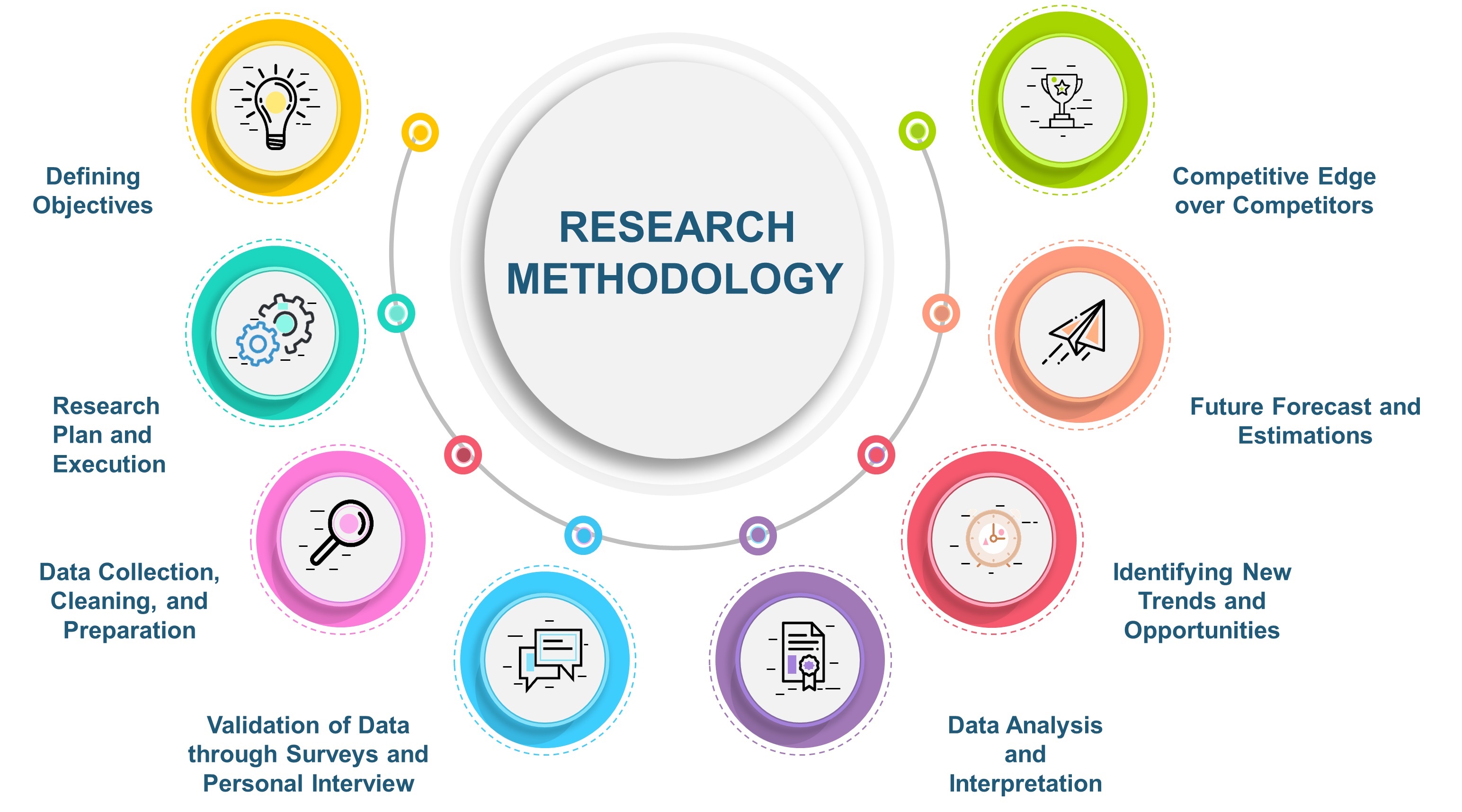
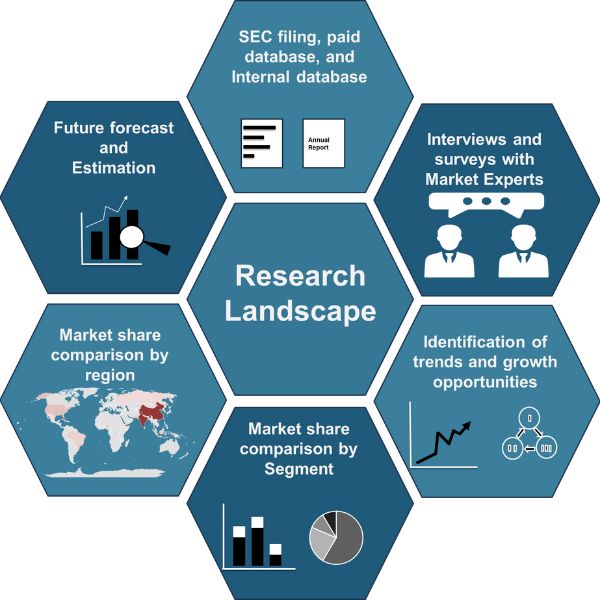
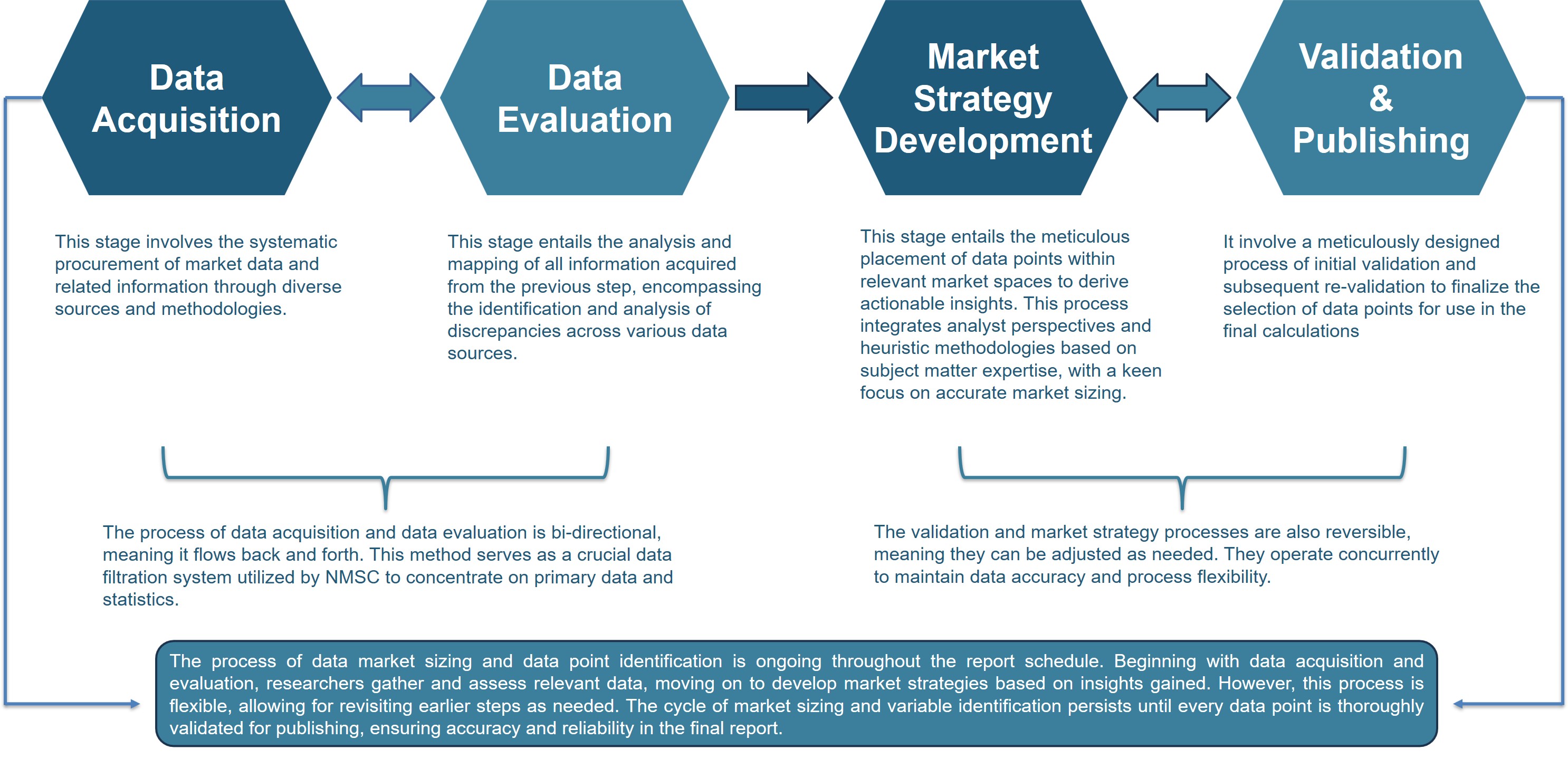
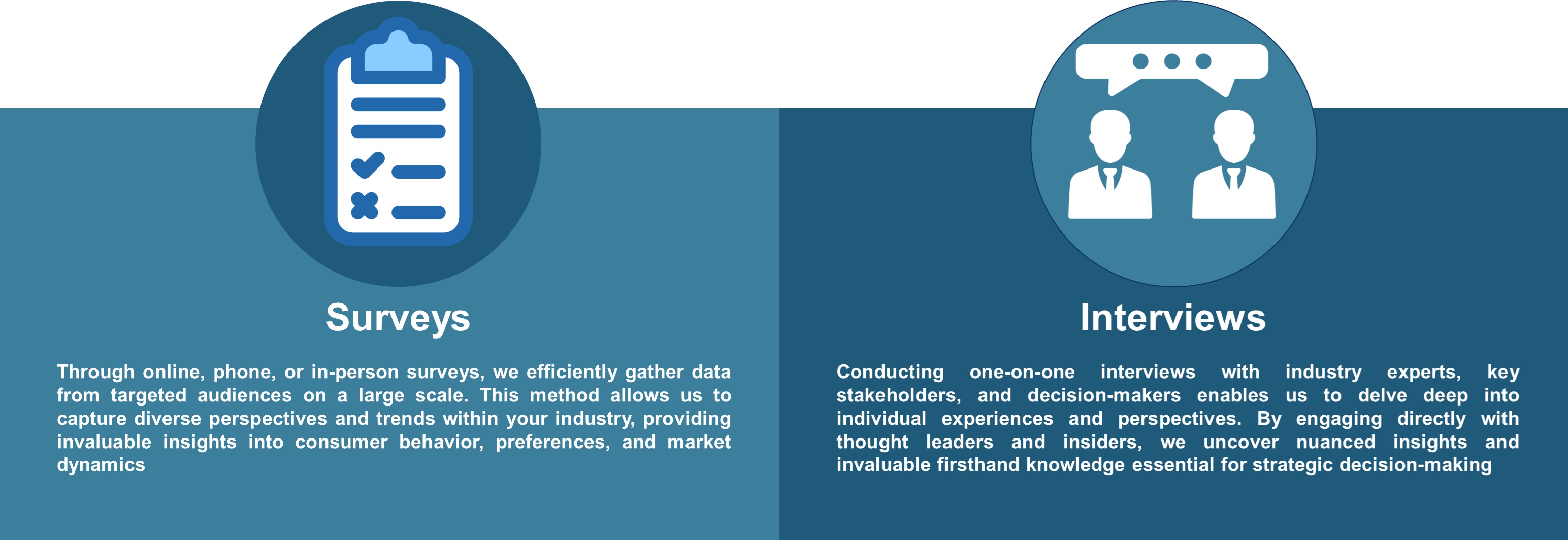


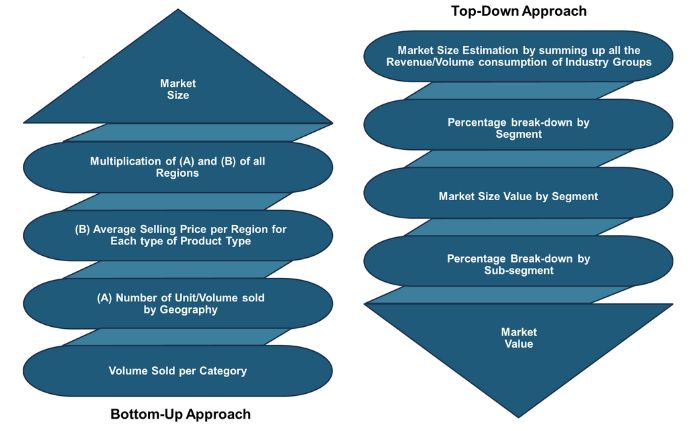
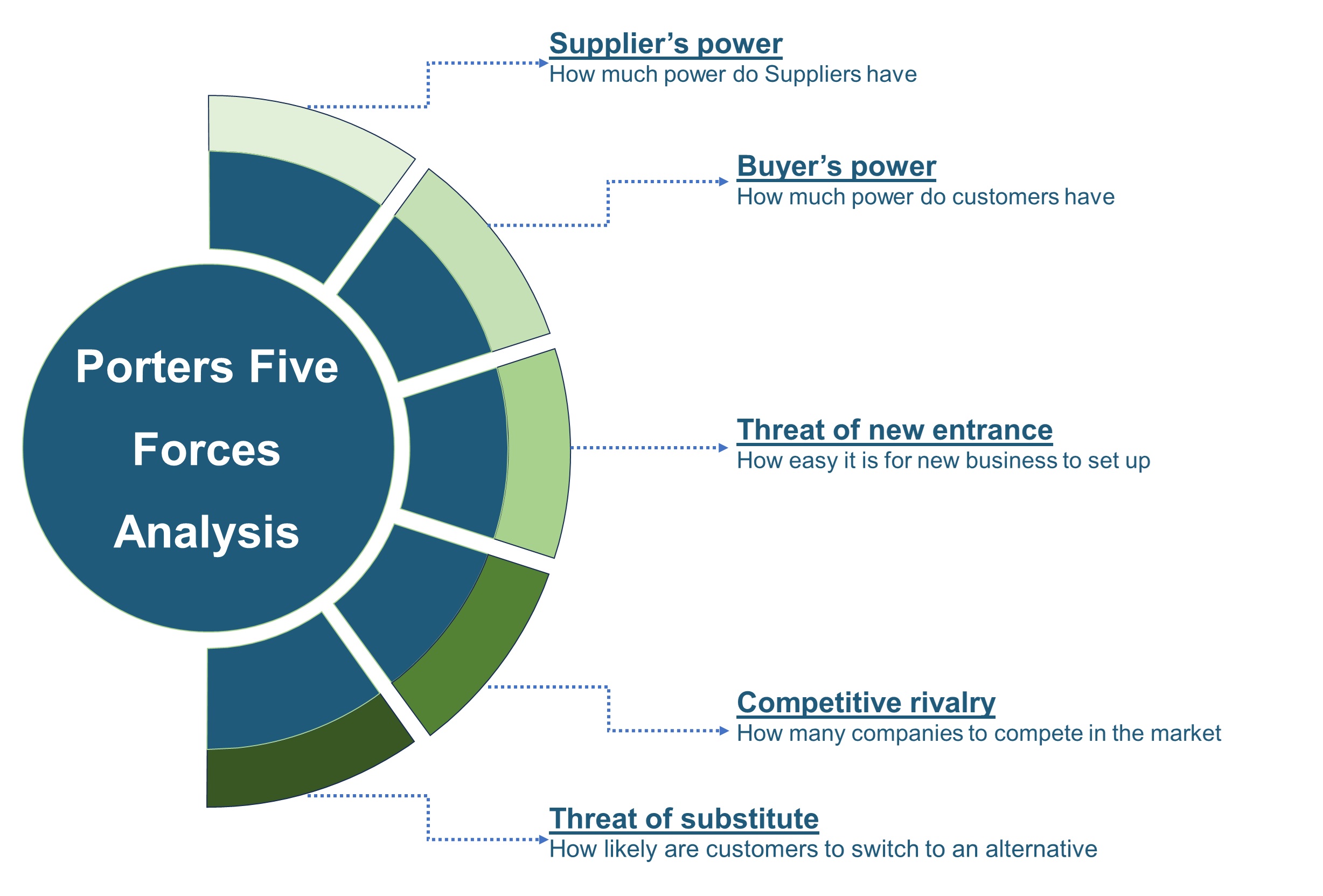


 Speak to Our Analyst
Speak to Our Analyst




